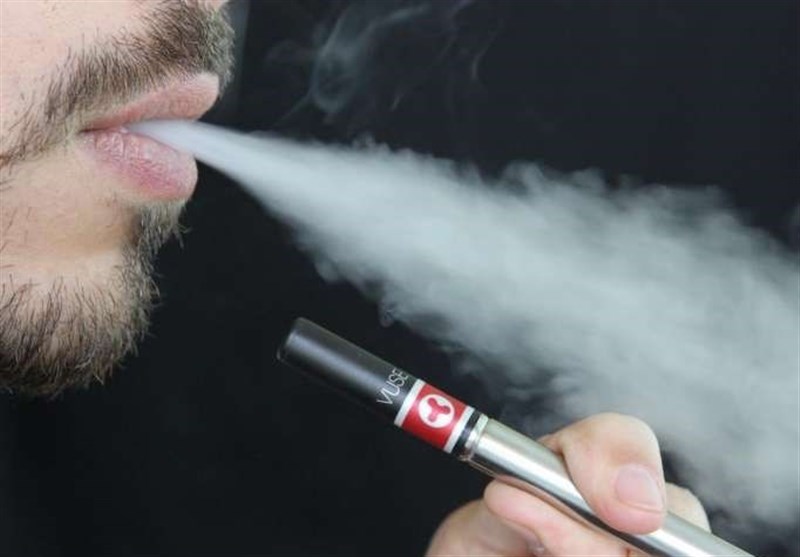E-Cigarettes Found to Be Contaminated with Microbial Toxins: Study
TEHRAN (Tasnim) - Popular electronic cigarette products sold in the US were contaminated with bacterial and fungal toxins, according to new study.
E-cigarette fans at this point might be getting used to bad news about the chemicals found in their products. A new study out Wednesday adds another potential, if still very unclear, risk to the list. It suggests that many e-cigarette cartridges and refilling e-liquids are contaminated with toxins spewed out by bacteria and fungi, Gizmodo reported.
Smoke from traditional tobacco cigarettes is obviously filled with no shortage of toxins. Some of these toxins aren’t created by the burning of tobacco itself, though, but come from dead bacteria and fungi that contaminate the products at some point during the production process. They include endotoxins, which are found inside gram-negative bacteria, and glucans, which help form the cell walls of many fungal species.
Respiratory problems like lung inflammation or asthma flare-ups have been linked to breathing in endotoxins and glucans (whether through cigarette smoke or other exposures, like working in a textile factory). But according to the authors behind this study, published in Environmental Health Perspectives, there’s never been any research looking at how common these microbial toxins could be in e-cigarette products.
The Harvard researchers tested 75 individual products from 10 of the leading brands at the time. They bought all of the products online, except for those from one brand, which were purchased from a convenience store near campus. These included 38 cartridges (single-use devices) and 37 e-liquids, which are used to refill certain e-cigarette products, in various flavors such as fruit, tobacco, and menthol.
They found that 23 percent had detectable levels of endotoxin, while 81 percent contained some glucan. On average, cartridges had three times more glucan than the e-liquids. Tobacco- and menthol-flavored products had glucan levels that were 10 times higher on average. Endotoxin levels, meanwhile, were slightly higher in fruit-flavored products.
The findings, the authors say, indicate that “some popular [e-cigarette] brands and flavors may be contaminated with microbial toxins.”
Scary as that sounds, there are some big caveats to the findings.
One limitation is that they didn’t test the levels of toxins that actually end up in the aerosol produced by these products that users would breathe in. They also only tested first-generation devices, not newer ones like pens, tanks, and pods. Pods in particular now provide even more nicotine per puff to users through a different mode of delivery than older devices, but we have no idea how that might affect the level of exposure to these toxins. We do know that, generally, people are getting exposed to significantly less environmental toxins from vaping than they would from smoking a tobacco cigarette (though that doesn’t mean e-cigs are completely harmless).
As even the authors admit, there’s no scientific evidence right now supporting “a hypothesis that current observed levels of endotoxin and glucan in [e-cigarettes] raise health concerns.”
Still, airborne endotoxin and glucan in high enough levels do seem to affect the lungs, and they’re thought to play a role in why cigarette smoke is so damaging to our breathing. So at the very least, it’s worth further studying how often these toxins can be found in e-cigarette products and whether chronic exposure through vaping can pose any health risks. If nothing else, there might be ways to reduce the risk of contamination. Cotton wicks, for instance, are often used in e-cigarette cartridges, and cotton fibers are routinely contaminated by both toxins.
“Additional research is needed to confirm our findings and assess potential exposures and health effects in [e-cigarette] users,” the authors wrote.






